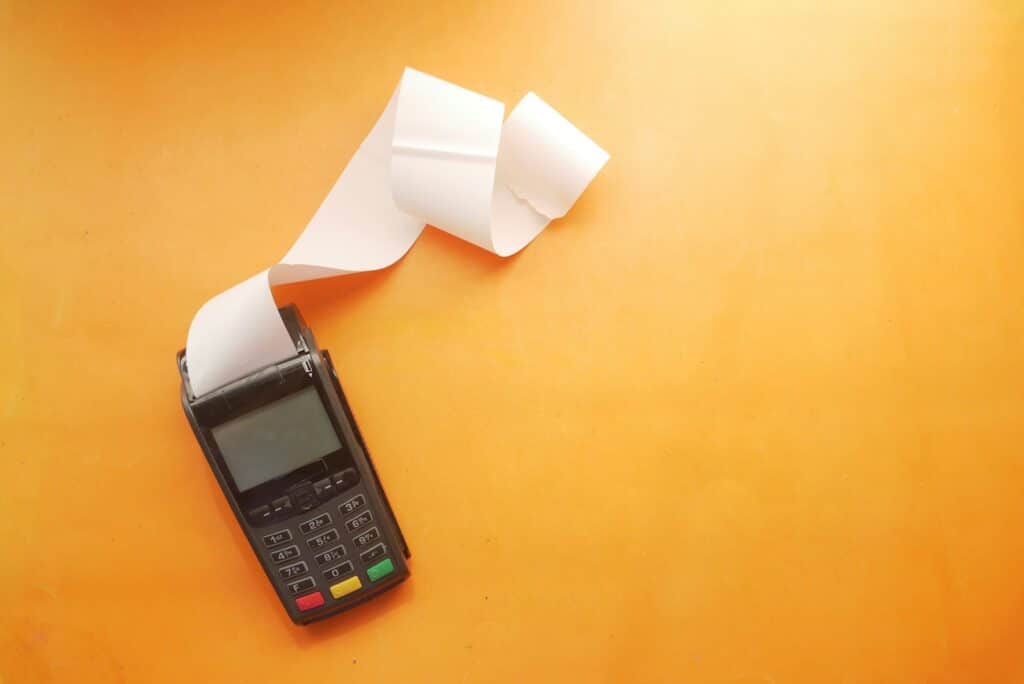Pursuing the recovery of a debt often involves searching for seizable assets in the debtor's estate. While property or bank accounts spring to mind, the considerable value that intellectual property rights can represent should not be overlooked. Trademarks, patents and copyrights are assets in their own right, but their seizure is subject to specific rules. Far from being a mere formality, their apprehension requires a genuine strategy and specialised expertise. This is a specific branch of enforcement, which explores the different categories of seizable intangible rights beyond shares in the company. This includes not only traditional intellectual property rights, but can also extend to more confidential assets such as capturing technical knowledge or even the procedure for seizing designs. Calling on the expertise of an enforcement lawyer for intangible rights is therefore crucial to the success of these complex procedures.
Seizure of copyright: between moral unseizability and asset seizability
Copyright has a fundamental duality which has a direct impact on its seizability. It is made up of moral prerogatives, attached to the person of the author, and economic rights, which have an economic value and can, as such, be seized by creditors.
Distinction between moral rights and exploitation rights
Moral rights are the expression of the personal and unalterable link between an author and his work. It includes the right to authorship (to be recognised as the author), the right to respect for the integrity of the work and the right of disclosure. Under article L. 121-1 of the French Intellectual Property Code, this right is "perpetual, inalienable and imprescriptible". Its personal nature means that it cannot be seized. A creditor cannot therefore force an author to disclose a work or modify its content.
Conversely, economic rights (or exploitation rights) give the author the monopoly to authorise or prohibit the use of his or her work. They include the right of reproduction and the right of representation. These rights are economic in nature: they can be assigned or licensed and generate income (royalties). It is this patrimonial dimension that makes them seizable.
Procedure for seizing the exploitation right and its proceeds
The seizure may relate to two distinct elements: the exploitation right itself or the income it generates. Seizure of the proceeds, i.e. the royalties owed to the author by a publisher, producer or collecting society (SACEM, SCAM, etc.), is the most common. It is carried out by means of a seizure-attribution in the hands of the third party paying the income. The creditor thus seizes the "rent" for the work.
Seizure of the exploitation right as such is more complex. It amounts to depriving the author of his right to decide on the exploitation of his work and transferring it to a buyer at a forced sale. The procedure is similar to that for the seizure of intangible rights other than company shares, involving the service of a writ of seizure on the debtor and the sale of the right at auction.
Protection of maintenance claims
There is an important limit to the seizability of copyright income. When these royalties constitute the author's main source of income and are of a maintenance nature, they benefit from protection similar to that of salaries. The Code of Civil Enforcement Procedures sets out the amounts that may not be seized, calculated according to the amount of income and the debtor's family situation. This means that the creditor cannot seize the entire amount, in order to guarantee the debtor a minimum standard of living.
Seizure of patents and related titles
A patent is more than just intellectual recognition; it is an industrial property right that confers a monopoly on exploitation. As an economic asset, it can be seized by its owner's creditors.
The exclusive right of exploitation and its seizability
The value of a patent lies in the exclusive right it grants to its owner to prohibit any third party from manufacturing, using or marketing the patented invention in a given territory for a limited period of time. This monopoly is an intangible asset that can be sold, incorporated or licensed. Logically, therefore, it can be seized. Seizure enables a creditor to sell this exclusive right and obtain payment from the price obtained.
The special procedure for seizing patents (L. 613-21 CPI)
Unlike copyright or trademarks, the legislator has provided for a specific procedure for the seizure of patents. Article L. 613-21 of the French Intellectual Property Code states that seizure is "effected by extrajudicial document served on the owner of the patent and on the National Institute of Industrial Property". Service on the INPI is a fundamental step. It makes the seizure enforceable against third parties, which means that the patent owner can no longer sell or transfer it freely from that point onwards. To be valid, this document must contain a number of compulsory details, in particular the identity of the creditor, the enforcement order under which he is acting and a breakdown of the sums due.
Registration in the National Patent Register and sales phase
Once service has been made, the seizure must be entered in the National Patents Register held by INPI. This publicity is essential as it informs anyone consulting the register of the existence of the enforcement procedure. In a way, the entry "freezes" the legal status of the patent. Once the seizure is effective and has been registered, the creditor can initiate the sale phase. The compulsory assignment of the patent then follows the rules applicable to mechanisms for the forced sale of intangible rights. It is generally carried out by public auction, unless the judge authorises a private sale, in order to obtain the best possible price for this very special asset.
Trademark seizure: protecting the value of a distinctive sign
A brand is often one of a company's most valuable assets. It represents its identity, reputation and consumer confidence. It is an intangible asset that can be seized by a creditor.
Acquisition of trademark ownership by registration
Ownership of a trademark, and the rights attached to it, does not arise from its simple use. It is acquired by registration with an industrial property office, such as the INPI in France. This registration confers on the holder an exclusive property right in the sign for the designated goods or services, for a period of ten years, indefinitely renewable. It is this title of ownership that is the subject of the seizure.
Seizure procedure in the absence of a special text
Unlike patents, there is no specific attachment procedure for trademarks in the Intellectual Property Code. The common law procedure for the seizure of intangible rights, as set out in the Code of Civil Enforcement Procedures, must therefore be applied. The measure is initiated by serving a seizure report on the debtor who owns the trademark. This act must be notified to the INPI to ensure that it is enforceable against third parties. Indeed, without this notification to the Office, the debtor could attempt to transfer the trademark to a third party in good faith, thereby thwarting the creditor's proceedings.
Post-sale formalities and transfer of the trademark
Once the seizure has been completed, the creditor can initiate the sale of the trademark. As with other intangible rights, this stage follows the rules of forced sale of intangible rightsThis usually leads to a sale by auction. The buyer (the successful bidder) then becomes the new owner of the trademark. For this transfer of ownership to be fully effective and enforceable against all parties, it must be entered in the National Trademarks Register. Without this registration, the former owner would officially remain the owner in the eyes of third parties, which could give rise to complex legal disputes.
Issues and practical challenges of these specific seizures
Seizing intellectual property rights raises practical difficulties that require specialist expertise. These procedures go far beyond the simple mechanical application of legislation and require a detailed analysis of each situation.
Identifying rights and determining the garnishee
The first challenge for a creditor is to identify precisely the rights held by its debtor. While the INPI registers make it possible to search for trademarks and patents, the exercise is more complex for copyright, which is not subject to compulsory registration. It is therefore necessary to carry out an investigation to discover the works created and the exploitation contracts signed. What's more, it is sometimes difficult to determine who the relevant third party is. Is it the publishing company, the producer, the streaming platform or a collecting society? Each case needs to be investigated in order to address the procedure to the right entity.
Assessing the economic value of intellectual property rights
The other major issue is the valuation of these assets. How much is a patent that has not yet been industrially exploited worth? What is the value of a brand in a niche sector? How do you estimate the future income from a copyright? Valuation is a crucial stage, as it determines whether or not to launch a seizure procedure and the price that can be expected from the sale. This valuation often calls on the services of financial experts or specialists in the sector concerned. A poor estimate can lead either to a sale at a loss, or to the sale failing due to a lack of buyers, incurring unnecessary costs for the creditor.
Seizing intellectual property rights is a powerful but demanding means of recovery. Each type of right has its own legal and practical logic, requiring a tailor-made approach. To secure your collection actions and navigate these procedures effectively, support from our law firm specialises in enforcement procedures ensures that your strategy is appropriate and rigorous.
Sources
- Intellectual Property Code
- Code of civil enforcement procedures




